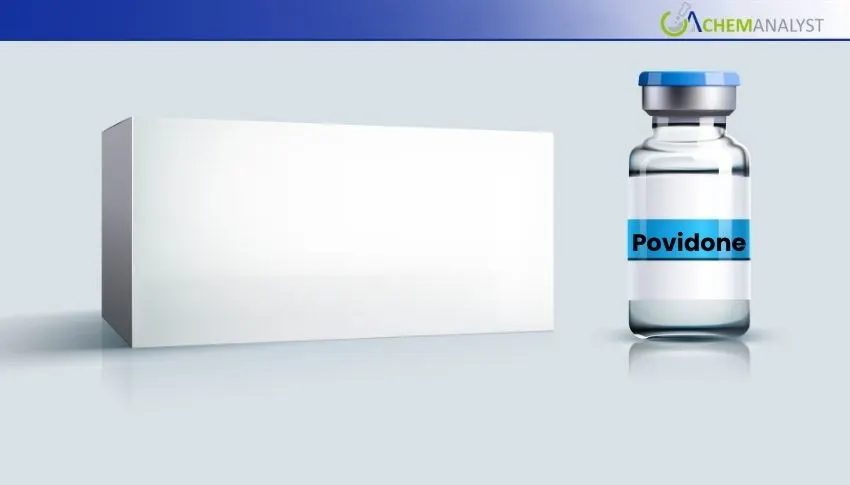Welcome To ChemAnalyst

In September of 2025, the American market experienced a steady increase in the prices of imports of Povidone, as reflected by the recent months' high. This has been blamed on interruptions of global supply chains, rising demands from the industries, and unstable raw material prices. Povidone, an imported pharmaceutical, cosmetic, and food additive, has been under pressure of price hikes resulting from foreign competition as well as low levels of production in principal countries for export. Excessive dependence of the pharmaceutical industry on Povidone as an active agent in drug formulation and as an active agent in mundane personal care items is another cause of price hikes. Besides that, supply chain issues such as port congestion and increased freight prices have contributed to U.S. importers' costs. High feedstock costs in large production areas, especially those countries within the Asia-Pacific region, have continued to keep Povidone prices at high levels. Analysts, however, anticipate stabilization or a decline in prices in October 2025 with falling raw material shortages, rising production capacity, and transport costs thanks to logistics improvements.
Key points:
Several market analysts report that the United States market experienced an unrelenting increase in the import price of Povidone during the month of September 2025 by 3%, as was the case with the trend from the past few months.
This has been due to a mixture of worldwide supply chain challenges, rising demand from across different industries, and volatile raw material prices. Povidone, a highly adaptable polymer that finds extensive application in drugs, cosmetics, and foodstuffs, has experienced its import costs increasing over time as a result of increased overseas competition and limited manufacturing plants in leading exporting countries. Experts speculate that increased use of Povidone by the pharmaceutical sector for the production of pharmaceuticals, combined with its critical application within personal care goods, has been a chief contributor to bringing about the long-term price increase for Povidone.
Secondarily, supply chain challenges like congestion within ports and rising freight prices have contributed to making the costly for U.S. importers to acquire sufficient quantities. Additionally, the increase in the cost of feedstock 1,2 butanediol and charges on inputs in the key production countries, particularly the APAC, also maintains the total cost of production of Povidone on a higher side, thereby resulting in an overall price increase.
A stricter environmental legislation in countries of production, such as China and India, has resulted in shortened volumes of production, which has accumulated supply bottlenecks. Besides, the appreciation of the U.S. currency against some foreign currencies has helped in the improvement of Povidone imports, to the trade and profit margin benefit of the suppliers.
In the coming months, experts forecast a gradual unwinding of the cost of Povidone imports by October 2025, spurred by a mix of factors. Calming raw material limitations, in conjunction with increased manufacturing capabilities to meet stratospheric demand, should bring some equilibrium to the market. Combined with this, collective efforts by global shipping entities to address debilitating logistics humps should optimize the supply chain, lowering shipping costs for importers.
We use cookies to deliver the best possible experience on our website. To learn more, visit our Privacy Policy. By continuing to use this site or by closing this box, you consent to our use of cookies. More info.
